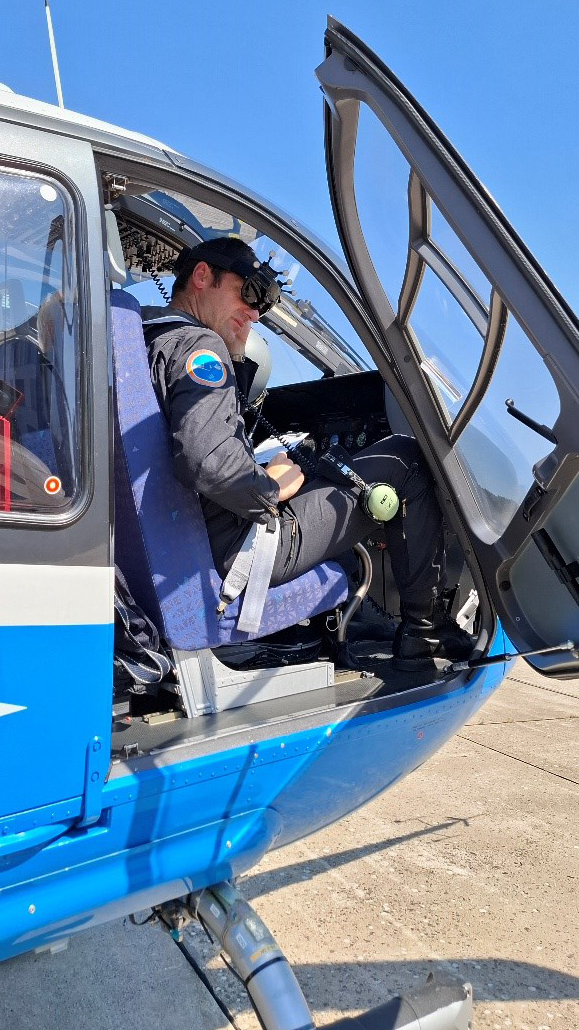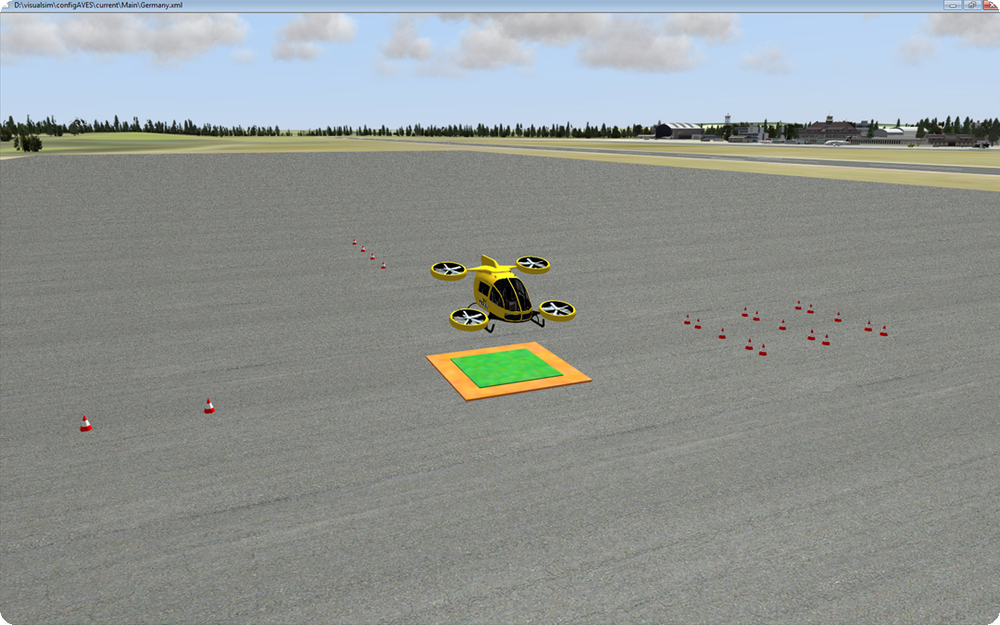Authorisation and verification procedure
The development of innovative VTOL (VTOL - Vertical Take-Off and Landing) aircraft requires new certification standards and assessment procedures that go beyond existing guidelines. Practical approaches are being developed at the Institute of Flight Systems to ensure safe and efficient flight characteristics in urban airspaces. At the same time, the assessment methods for rotorcraft must be continuously adapted to meet the challenges of new technologies and deployment scenarios. The aim is to create a sound basis for the future of urban air mobility.
Specification and evaluation of VTOL Capable Aircraft (VCA)
The Institute of Flight Systems is making decisive contributions to the development of certification standards for new types of vertical take-off and landing aircraft. In cooperation with international certification authorities, extensive tests are being carried out in the Air Vehicle Simulator (AVES) in Braunschweig in order to create a legal basis for the certification of new types of Vertical Take-Off and Landing (VTOL) aircraft. These innovative aircraft, require specific assessment procedures that go beyond existing guidelines for fixed-wing and rotary-wing aircraft. A key objective is the early assessment of flight characteristics in the certification process to ensure safe and reliable operation in urban airspace. As part of a EUROCAE (EUROCAE - European Organization for Civil Aviation Equipment) initiative, the institute is developing practice-orientated verification procedures that will make a significant contribution to the formulation of future-proof standards. These form the basis for safe, efficient and sustainable urban air mobility.
Specification and evaluation of the flight characteristics of rotorcraft
Analysing and evaluating the flight characteristics of rotorcraft is a central focus of research at the Institute of Flight Systems. New deployment scenarios, such as low-level flight to reduce detectability in complex threat situations, require continuous further development of the evaluation methods. Such profiles are characterized by low error tolerances and high demands on the crew and systems. With the use of new technologies - such as automated control systems or innovative aircraft configurations - the flight mechanical characteristics are changing fundamentally. This results in the need to develop assessment procedures that not only record technical performance data, but also take into account the specific operational context. The aim is to provide flexible and customizable methods for describing and evaluating flight characteristics that meet the requirements of future missions and enable the safe and effective use of new generations of rotorcraft.


